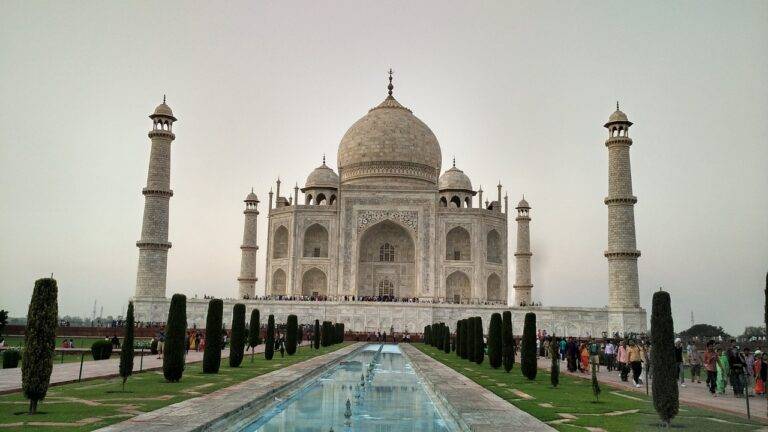Exploring the Role of Virtual Reality Campaign Events in Increasing Candidate Visibility
Virtual reality has emerged as a powerful tool in the realm of political campaigns, revolutionizing the way politicians engage with voters. By embracing this cutting-edge technology, candidates can create immersive and interactive experiences that resonate with the electorate on a deeper level. Virtual reality allows for a more personalized and engaging approach, enabling voters to feel connected to the candidate’s message in a way that traditional campaign methods cannot match.
Moreover, virtual reality campaigns have the potential to reach a wider audience, breaking down geographical barriers and allowing individuals from all corners of the country to participate in campaign events. This level of accessibility not only increases voter engagement but also fosters a sense of inclusivity, empowering individuals to actively participate in the democratic process. As virtual reality continues to evolve, its impact on political campaigns is set to grow, shaping the future of political communication and voter outreach.
Virtual Reality: A New Tool for Political Campaigns
Political campaigns are constantly evolving, with new technologies playing a crucial role in reaching and engaging voters. Virtual reality (VR) has emerged as a powerful tool for political campaigns, offering a unique and immersive way to connect with audiences on a whole new level. By creating virtual campaign events, candidates can bring their message directly into the homes of voters, providing a more personal and engaging experience.
One of the key benefits of utilizing VR in political campaigns is its ability to capture the attention of tech-savvy audiences and younger demographics. With VR headsets becoming more accessible and affordable, political candidates can tap into a new platform to deliver their message and showcase their policies in a way that is interactive and memorable. Through virtual reality, campaigns can create innovative experiences that resonate with voters, helping to shape their perceptions and ultimately influence their decision at the polls.
• Virtual reality offers a unique and immersive way to connect with voters
• VR can capture the attention of tech-savvy audiences and younger demographics
• Candidates can bring their message directly into the homes of voters through virtual campaign events
• Affordable VR headsets make it accessible for political campaigns to utilize this technology
• Creating innovative experiences through VR can shape voter perceptions and influence decisions at the polls
How Virtual Reality Campaign Events Can Engage Voters
Virtual reality (VR) has revolutionized the way political campaigns engage with voters. By creating immersive and interactive experiences, VR campaign events have the power to captivate audiences in ways that traditional methods cannot. This technology allows voters to step into the shoes of political candidates, experiencing their perspective and vision firsthand.
Moreover, VR campaign events are able to reach a wider audience, transcending geographical limitations and enabling individuals from different regions to participate in the political process. This accessibility promotes inclusivity and enhances voter engagement by offering a unique and dynamic way for constituents to connect with candidates and their platforms.
How can virtual reality impact political campaigns?
Virtual reality can provide a new and engaging way for political campaigns to connect with voters, offering immersive experiences that can help convey a candidate’s message in a more memorable and impactful way.
How can virtual reality be used as a tool for political campaigns?
Virtual reality can be used to create virtual campaign events, town halls, and rallies, allowing candidates to interact with voters in a more personal and interactive way. It can also be used to showcase a candidate’s policies and vision in a more engaging format.
How can virtual reality campaign events engage voters?
Virtual reality campaign events can engage voters by providing them with a unique and immersive experience that allows them to feel like they are actually a part of the event. This can help create a stronger emotional connection between voters and the candidate, leading to increased engagement and support.







